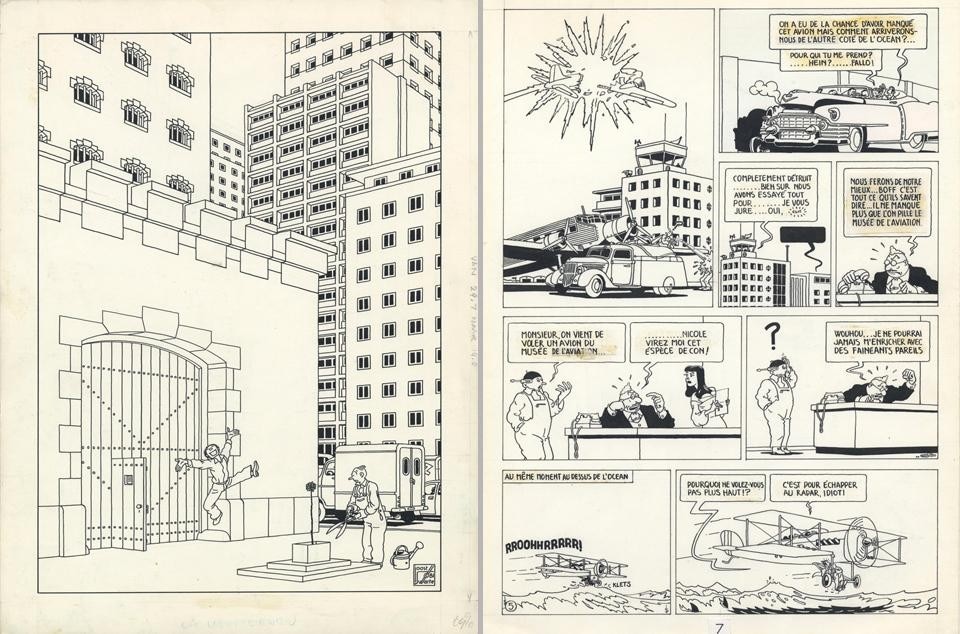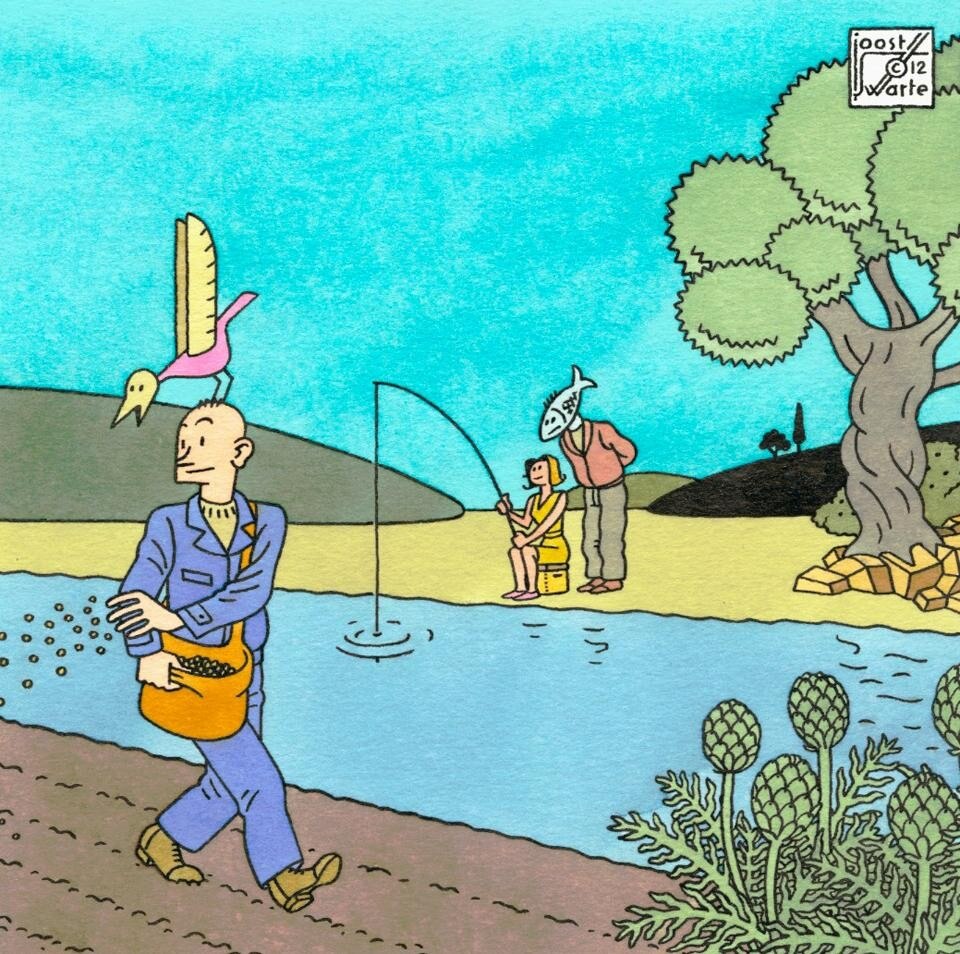The magic of the perfect drawings, serigraph colours and ligne claire that have made Swaarte famous and instantly recognisable seem to expand by osmosis, spilling out of installations and drawings that fail to contain them in the gallery's small frames, pastel colours and meticulous exhibition design, and following visitors out into the urban fabric, a feeling prompted by these timeless icons coupled with the richly multiethnic city of Paris. The L'orchestre de métro music scene is a beautiful original and the melancholic décor of so many original illustrations seems to draw on the essence of their surroundings. Swarte's crucial component — a personal sense of humour matched by a simple graphism and apparently naive comic art — feeds on an urbane manner, eroticism and geometry. The gleeful absurdity of many of his gags is drawn out in a ruthless take on modern life, focusing on its pace and anxiety.
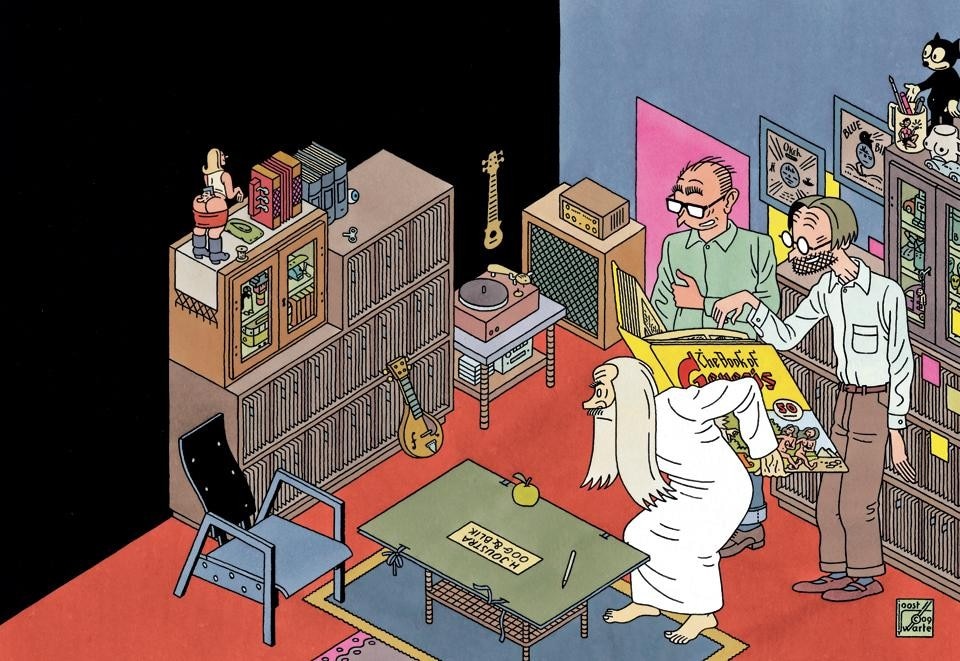
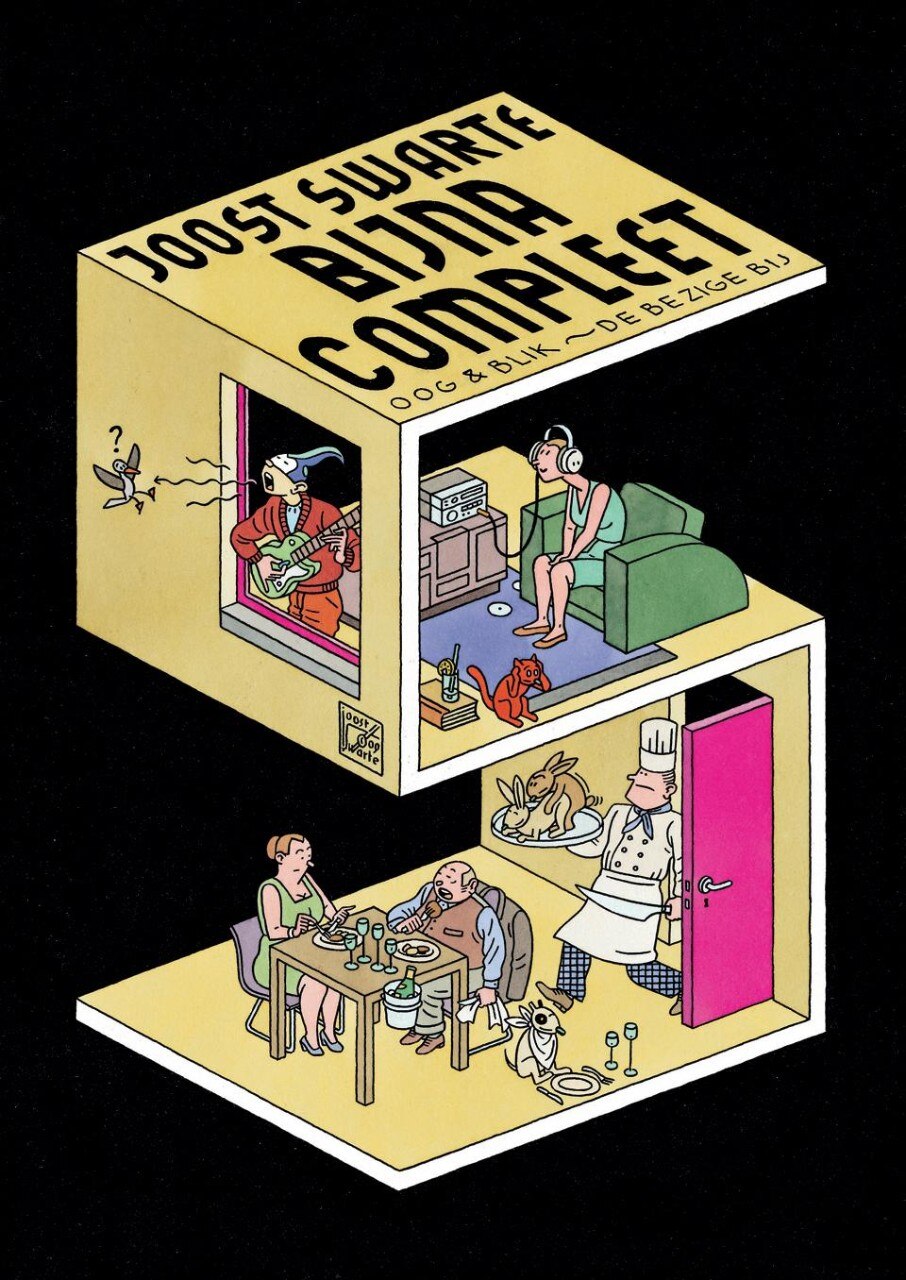
This is a tribute to a discreet and seminal contemporary comic artist, an opportunity to analyse the staying power of his art, one that has inspired generations of graphic artists and illustrators
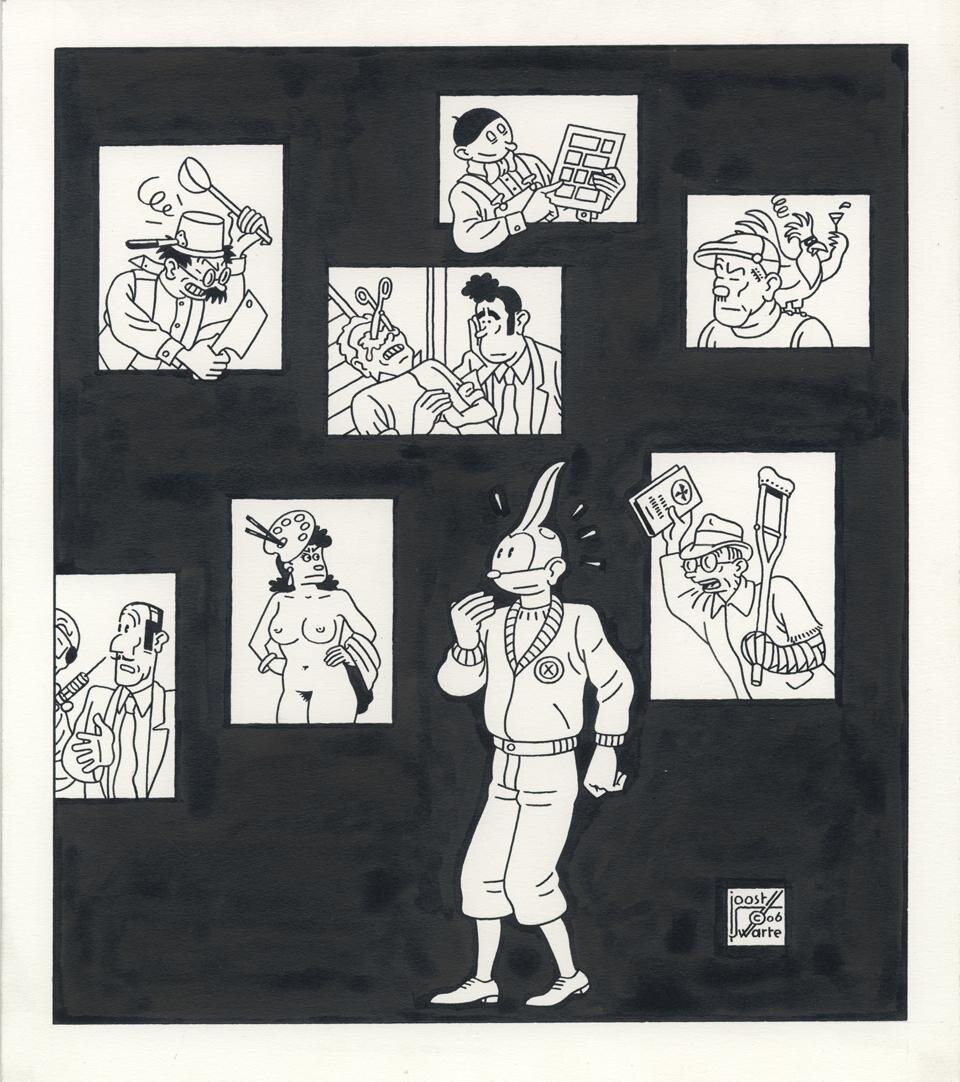
The set designer of the recently opened Musée Hergé is still imparting piercing examples of his art instilled with a spectacular geometrical design. Ivo Bonacorsi
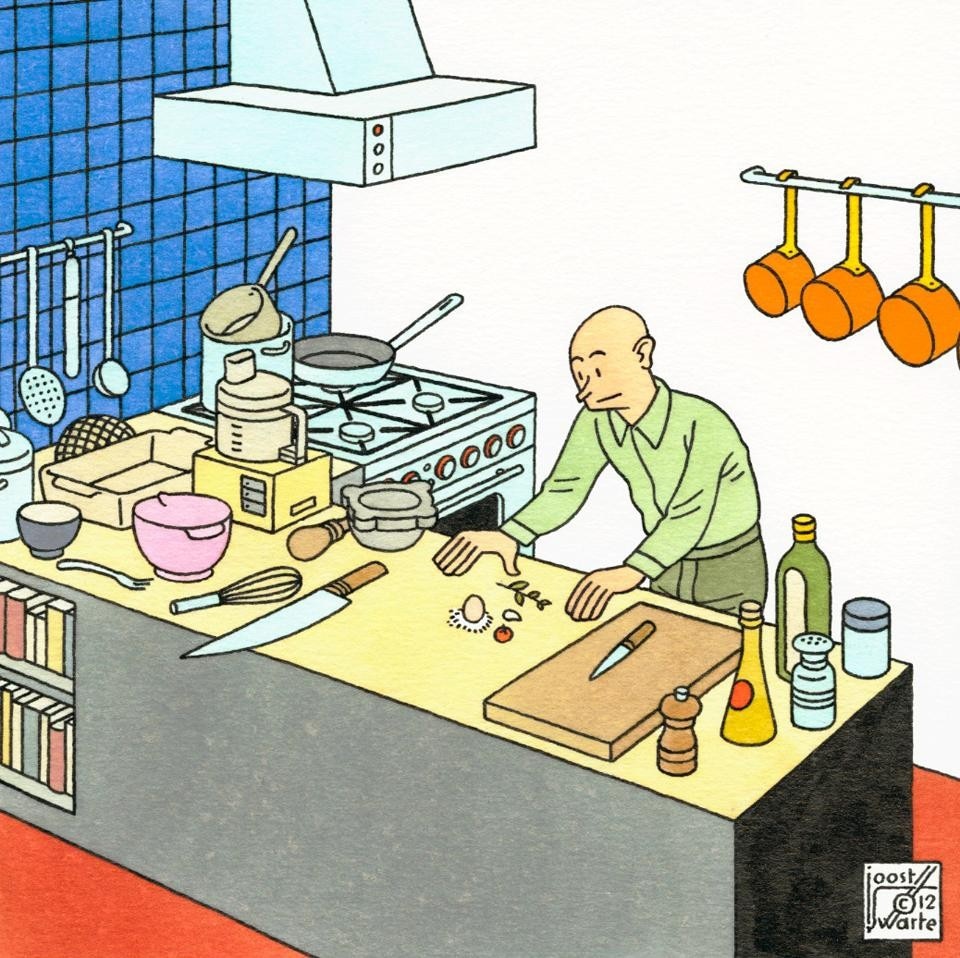
Martel Gallery
17 rue Martel, Paris
Through 5 May 2012
